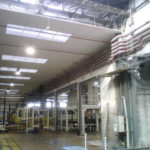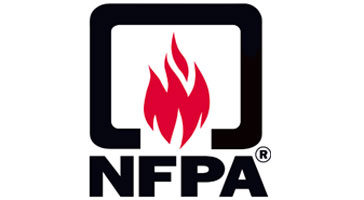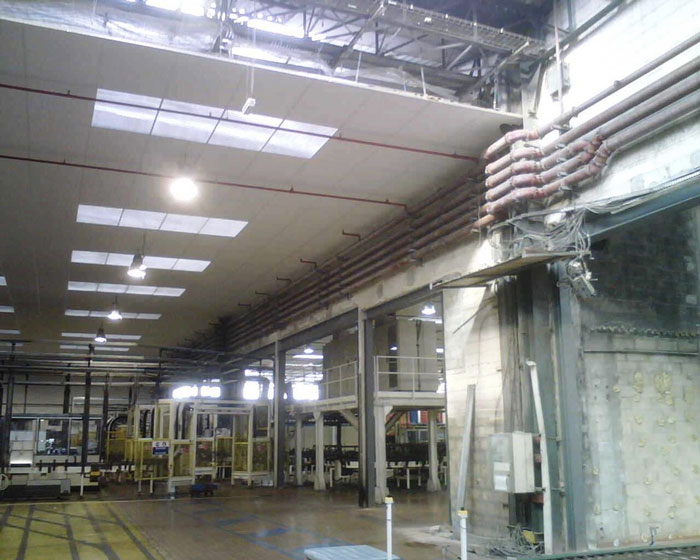
Determining a Sprinkler budget
10 April 2018NFPA 13 is the American standard for the design and installation of automatic fire sprinkler systems.
A constantly evolving standard
Sprinkler systems first appeared in the middle of the 19th century in the United States of America. In 1895, a working party of system installation engineers and insurers published a document aimed at harmonising practices and the equipment used along the US east coast with a view to improving system reliability.
This document, now known as NFPA 13, marked the beginning of the National Fire Protection Association whose purpose and operation have remained close to their original goals: to provide reliable fire protection regulations that are recognised by insurers and installers alike.
NFPA 13 is revised every three to five years based on feedback and research conducted by the NFPA. Completely rewritten in 1991, the latest edition totals almost 500 pages.
Definitions and general requirements
The first part of NFPA 13 defines all the components and hardware used in an automatic sprinkler-type fire extinguishing system: sprinkler, valves, piping, etc.
The standard lays down:
– The required characteristics: materials, certification, acceptable pressure, etc.
– Installation regulations: sprinkler head layout and spacing, consideration of obstructions, etc.
– Pipe hanging and bracing regulations
– Piping system design regulations: hydraulic calculations
Activity and commodity classification
NFPA 13 classifies the premises to be protected according to the level of risk they represent:
– Low risk: little combustible material present
– Ordinary risk: moderate amount of combustible material present and a limited storage height
– High risk: high amount of combustible material or combustible or flammable liquids present
The risks linked to commodity storage are subsequently ranked by NFPA 13 into four classes, from least to most vulnerable to fire. These classes are determined both by the contents and the container (cardboard boxes, pallets, plastic film, etc.).
Finally, some activities are considered as special risks such as chemical storeage, aircraft hangars, etc.
Protection principles
NFPA 13 gives protection recommendations appropriate to the established risk classification:
– Density of water to be applied and surface area covered by ceiling-mounted protection
– Sprinkler installation in racks for commodity storage
– Zone to be protected specifically for special risks
– System autonomy.
Conclusion
NFPA 13 is recognised today as an industry benchmark by insurance companies all over the world. It is an extremely comprehensive standard in terms of the technical aspects and fire risks covered and demanding in its application. Its practical implementation therefore calls for solid experience in design.




